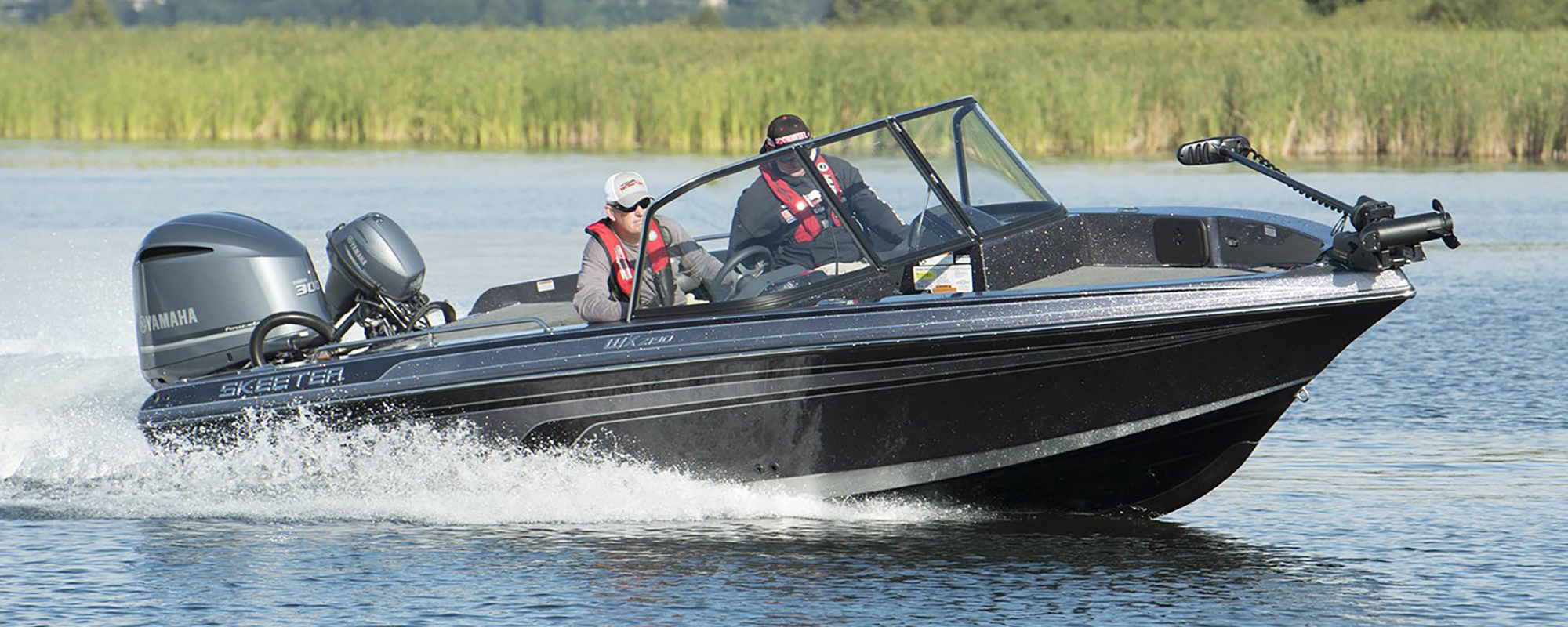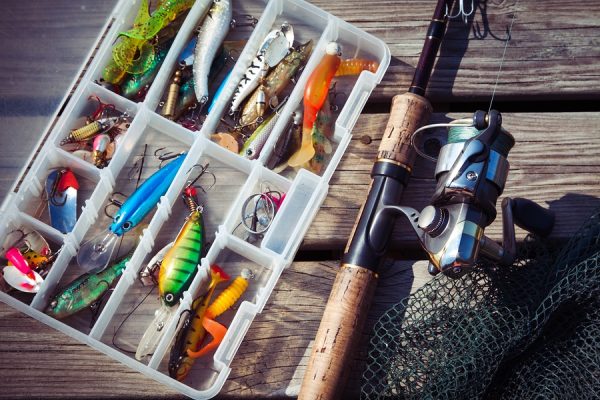Have all the pictures of ice chests full walleyes on Facebook and hearing your friends talk about how much fun they had, given you a walleye fishing fever? But you don't know a thing about what you need to go walleye fishing.
What you need to go walleye fishing can vary on what part of the year that you are wanting to go fishing, if you're fishing from the shore, if you're getting a charter or if you have your own boat but in this article I'm going to talk about what you need if you're going with a charter, which I would recommend if you are a beginner at walleye fishing.
Charter:
A charter is a guide that knows where the fish are and how to catch them so it ups your chances a lot on catching your limit of walleye, the charter also provides the rods and reels, lures and bait so that is a few less things that you have to worry about forgetting at home.
Where to find a charter:
If you google for a charter at the lake where you want to fish you should be able to find one that way or ask around at some marinas they will know who the best charter is. Or you can check on Fishing Booker below.

Price:
A fishing charter will usually charge per person or per trip and the price per person is usually between $80 and $125 and the price per trip between $400 and $600 but prices could be more or less depending on your location and the size of the boat.
Some Things That You’ll Want To Take Along:
Fishing License: Fishing without a license is illegal so be sure you don’t forget those because if you do you could end up with a pretty expensive fishing trip.
Sunscreen: If it is a clear sunny day on the lake you will want some protection from the sun so you can enjoy your fishing trip and not get burned up.
Beverages: Take plenty of water or gatorade to keep you hydrated, some charters provide water but you’ll want take some along for good measure.
Food: If you are planning to fish all day or until you catch your limit of walleye you won’t want to get so hungry that you can’t fish anymore, if you’ve never been on a large lake you might think that you won’t get that hungry from just standing on a boat but if there are any waves it takes a lot of energy to keep balanced.
Medicine for Seasickness: If you think you don’t get motion sickness but have never been on a lake don’t take the risk of ruining your fishing trip with seasickness. Dramamine and Bonine are the most common pills that people use to prevent seasickness. Take one dose the evening before and another one about 1/2 hour before getting on the boat.
Ice Chest: You’ll want to take an ice chest to keep your fish cold till you get home so they don’t ruin and go to waste.
Your Friends: A day fishing on the lake wouldn’t be complete without some friends to share it with, plus it helps make the trip cheaper for you 🙂 that is unless you want to treat your friends to a free fishing trip.

Fishing from the shore:
Fishing for walleye from shore in the spring when the walleye come in to the shallow water and rivers to spawn can land you some nice fish.
River Fishing: One of the most consistent trophy walleye bites occurs each spring as fish move upstream to complete their spawning ritual. These fish are seeking prime spawning grounds that contain a mix of sand and gravel and scattered boulders or other cover that create current breaks in 2 to 6 feet of water. The first shallow gravel flat or current break area formed by an island, point, or peninsula downstream from a dam concentrates big walleyes each spring. The trick becomes safely accessing these areas in waders and precisely presenting lures to fish that are not inclined to move more than a couple feet to strike.
As the lure swings down current from your position, slow the retrieve to a crawl until it barely maintains its wobble. Stop the lure at mid-retrieve and make a slight forward sweep of the rod to insure it's running just above the bottom and making occasional bottom contact. If you're constantly hitting bottom, switch to a shallower lure, and vice versa if you fail to make bottom contact. By fan casting an area, you gain a clear picture of the bottom topography where shallow humps, boulders, and wood are located, and how fish are relating to them.
As the lure approaches, slow your retrieve even more and keep the rod at a low angle. Before raising it out of the water for the next cast, pause the retrieve. Sweep the rod forward and be ready for a tap.
You can also fish from shore during the summer but walleye move back to deeper water once they are done spawning so you’ll have to find deep water close to shore or fish at night when the fish come closer to shore to feed.
Some places where you can find walleye in the summer:
Spillways and tailraces: Spillways across walleye country are fish magnets throughout much of the year. These overflows from lakes and reservoirs offer resident walleyes a year-round supply of cool, bait-rich, oxygenated water. Even in the middle of summer when walleyes have moved to deep water in the lake, there are opportunities for trophy fish at spillways.
Swim the bait in mid-water column through the scour pool for actively feeding fish. During the retrieve, it's pulled downstream by the current and retrieved back upstream to your casting position. On each successive cast, allow the lure to sink slightly deeper before commencing the retrieve. Resist the urge to make constant bottom contact because a swimbait that's retrieved to mimic a large fleeing baitfish is often what draws walleyes to strike.
Some things you’ll need to fish from shore:
Fishing for walleye from shore will require you to have more equipment versus going out with a charter but will be a lot cheaper in the long run.
Rod and Reel: A single spinning rod/reel combo to chase spring walleyes from shore.
Yes, just one rod is all you’ll need, so make sure it’s up to the task. My recommendation is a St. Croix 7’6” rod, available in rod families from the Legend Xtreme to the Eyecon.
The 7’6” length of this rod allows me to make long casts with light baits, especially important when my target current seams are set up at a distance from shore. The medium light power of the rod is more than ample for the 1/8-1/4 oz baits that I will generally be presenting. Pair this rod with an appropriately sized spinning reel, and spool up with 10-12 lb test braided line.
Baits/Tackle: All of my essential shoreline walleye tackle fits into two small tackle boxes. Yes, just two. One box is exclusively for jigs and related baits, especially blades. I carry an assortment of 1/16-1/4 oz, in colors that range from drab-and-natural to bright-and-bold. Colors like Black and Purple/Pearl are good choices for clean water, while Orange/Chartreuse and Hot Pink rule the roost when the water is dirty. Fishing tea-stained, but clear water? Don’t forget gold. I only carry ¼ oz blades for these shoreline excursions, and find the Gold, Orange Glow Tiger and Red Tiger patterns to be very effective. My second box has an assortment of 4-6” floating crankbaits and jerkbaits that primarily see the water after darkness settles on the fishing grounds. This box also contains other essentials like cross-lock snaps (used when fishing blades and cranks) and a smattering of split shot weights and live bait hooks, for those rare days when finicky walleyes demand a live minnow. I pack these two boxes into a soft-sided tackle bag, which also accommodates a variety of tackle ringworms and other baits to dress my jigs, a spare spool of fishing line, and other shore-fishing necessities like forceps, scissors, drinks and snacks. Toss this bag over your shoulder and you’re on your way.
Essential gear: Includes a warm pair of waders, no-slip wading boots, collapsible wading staff, and a wading vest or jacket with plenty of storage pockets. A quality set of 5-mm neoprene or lighter weight waders, like the Hodgman Sawbill Creek Insulated, allows a greater range of motion than standard neoprene waders. Wear a wading belt and have a knife handy in case you fall and your waders fill with water.

Related Questions:
What is the walleye size and catch limit?
The walleye size and catch limit can vary per state and even sometimes vary from lake to lake in the same state, so be sure to check your state's Division of Natural Resources website for your states walleye limits.
Ohio: http://wildlife.ohiodnr.gov/fishing/fishing-forecasts-and-reports/the-fish-ohio-report
Michigan: https://www.michigan.gov/dnr/0,4570,7-350-79136_79236_80245_80710-452246--,00.html
Minnesota: http://news.dnr.state.mn.us/2019/02/28/check-2019-fishing-regulations-before-heading-out/
Pennsylvania: https://www.fishandboat.com/Fish/PennsylvaniaFishes/Pages/Walleye.aspx
When is the best time of year to fish walleye?
Before and after breeding season is the easiest time to hook a walleye. They are active, present in large numbers, and hungry. Walleyes spawn in spring, but spring may arrive in February in Mississippi, March in Kentucky, April in the Midwest, and June in the Far North. Water temperature also plays a key role, southern walleyes prefer spawning temperatures between 48°F and 50°F, while their northern cousins and Canadian counterparts favor temperatures between 44°F and 48°F.
What part of the day is the best to catch walleye?
Anglers can generally expect to find that walleye bite best from about a half hour before sunrise to a few hours after. In the evening or nighttime hours, the bite is best from a few hours before sunset to right after complete darkness.
Happy Fishing and Stay Safe!
